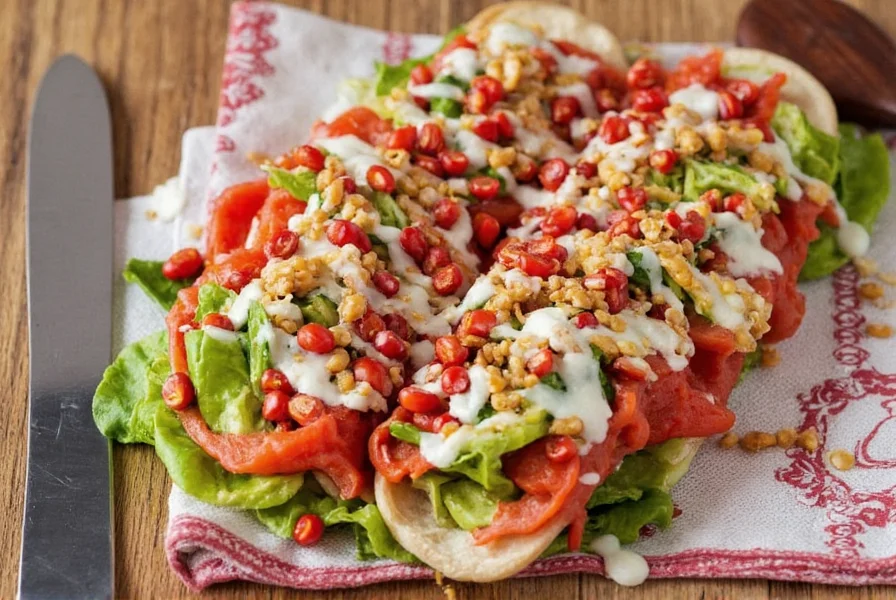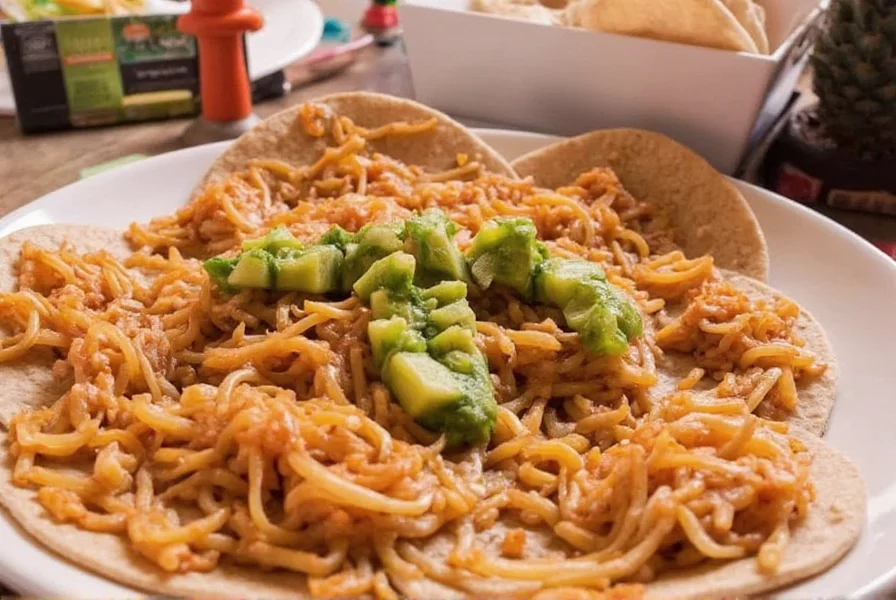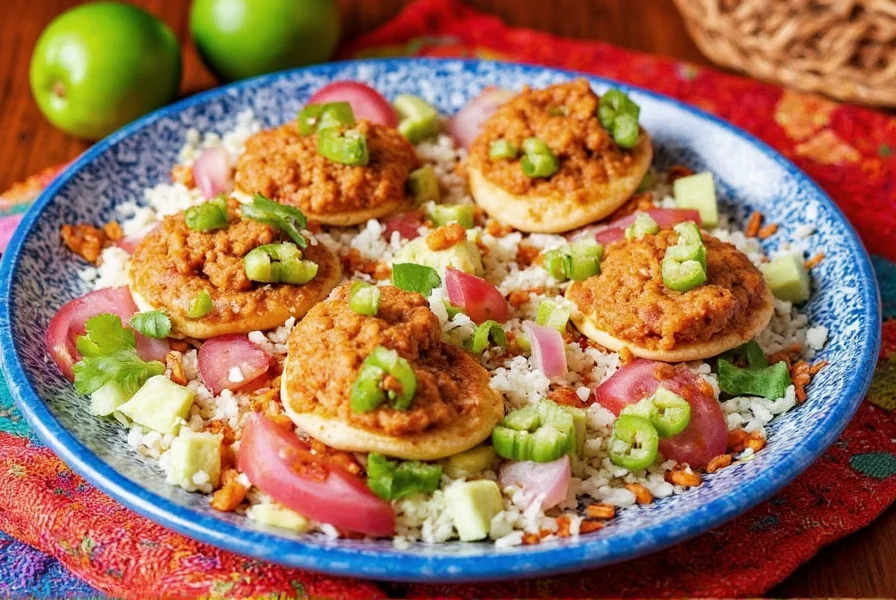Introduction: Why Mexican Cultural Food is a Global Spice Sensation
Mexican cuisine isn’t just about tacos and tequila — it’s a vibrant tapestry of history, culture, and flavor. From the fiery chiles of Oaxaca to the earthy cumin-laced mole sauces, Mexican cultural food has been a cornerstone of global spice traditions for centuries.
The Role of Spices in Mexican Culture
Spices are not merely flavor enhancers in Mexico — they are storytellers. Each region tells its own culinary tale through a unique blend of spices and preparation methods. Let's explore some of the most iconic ones:
- Chiles: The backbone of Mexican cuisine, used both fresh and dried.
- Cumin: A Middle Eastern import that found a home in taco meat seasoning.
- Coriander (Cilantro): Adds freshness and zest, often added post-cooking.
- Cinnamon: Often used in desserts and even savory dishes like mole.
- Oregano (Mexican vs. Mediterranean): Differentiates itself with a more robust, earthy flavor.
Top 10 Mexican Cultural Foods That Define the Nation’s Flavor
Mexican food isn’t just popular — it’s UNESCO-recognized for its cultural significance. Here are ten must-try foods that showcase the heart of Mexican spice traditions:
- Tacos al Pastor: Inspired by Lebanese shawarma, seasoned with achiote, pineapple, and chili.
- Pozole: A hominy-based soup spiced with guajillo chiles and garlic.
- Mole Poblano: Rich sauce made from chocolate, almonds, sesame seeds, and chiles.
- Chiles en Nogada: Stuffed poblano chiles topped with walnut cream and pomegranate seeds.
- Barbacoa: Slow-cooked meat seasoned with clove, pepper, and dried chiles.
- Enchiladas: Corn tortillas filled and rolled, covered in spicy red or green sauce.
- Sopes: Thick masa bases topped with beans, cheese, meat, and spicy salsas.
- Nachos: Fried tortilla chips topped with melted cheese and jalapeños.
- Tamales: Masa dough steamed in corn husks, often filled with spicy meats or veggies.
- Elote: Grilled corn slathered with mayonnaise, cotija cheese, chili powder, and lime.
Spice Comparison Table: Chiles Used in Mexican Cuisine
| Chile | Heat Level (SHU) | Flavor Profile | Common Use |
|---|---|---|---|
| Ancho | 1,000–2,000 | Sweet, raisin-like | Mole sauces |
| Guajillo | 2,500–5,000 | Fruity, tart | Pozole, marinades |
| Pasilla | 2,500–4,000 | Earthy, smoky | Enchilada sauces |
| Jalapeño | 2,500–8,000 | Grassy, crisp | Raw in salsas |
| Habanero | 100,000–350,000 | Fruity, floral | Hot sauces |
Regional Variations: Spice It Up Across Mexico!
Each state in Mexico offers its own interpretation of classic dishes. Here's how spices vary by region:
- Oaxaca: Known as the “Land of the Seven Moles,” uses chocolate, spices, and nuts extensively.
- Veracruz: Influenced by Caribbean flavors; uses olives, capers, and tomatoes rather than heavy spices.
- Yucatán: Features citrus-forward flavors with achiote paste, habaneros, and sour orange juice.
- Puebla: Home of mole poblano — a complex sauce blending sweet and spicy elements.
- Jalisco: Birthplace of tequila and birria tacos; spices are balanced with slow-roasted meats.
Practical Tips: How to Spice Like a Mexican Pro
If you’re ready to take your kitchen game to the next level, here are some insider tips to master authentic Mexican spice use:
- Toast your spices: Lightly dry-toasting chiles, cumin, and coriander intensifies their aroma and depth.
- Bloom in fat: Sautéing spices in oil or lard helps release their essential oils for maximum flavor impact.
- Dry grind first: Many traditional recipes call for grinding dried chiles and spices into a paste before adding liquids.
- Add at the right time: Fresh herbs like cilantro should be added at the end; ground spices often go in early during cooking.
- Balance heat with acidity: Lime juice or vinegar can cut through rich, spicy dishes beautifully.

Buying Guide: Must-Have Spices and Ingredients for Authentic Mexican Cooking
Want to recreate these bold flavors at home? Here’s your essential list of products, along with their features, advantages, and best uses:
| Product | Description | Features & Advantages | Best For | Recommended Occasions |
|---|---|---|---|---|
| Achiote Paste | Rub made from annatto seeds, vinegar, garlic, and spices. | Imparts reddish hue and earthy, peppery flavor. | Yucatecan dishes like cochinita pibil. | Family dinners, festive celebrations. |
| Ground Cumin | From dried cumin seeds, commonly used in taco meat and chorizo. | Earthy, warm, slightly nutty flavor. | Ground meat fillings, stews, soups. | Weeknight meals, casual gatherings. |
| Dried Guajillo Chiles | Reddish-brown chiles with moderate heat. | Fruity, tangy notes; ideal for sauces and soups. | Marinades, pozole, enchilada sauce. | Home cooks and chefs alike. |
| Whole Mexican Oregano | Stronger and woodier than Mediterranean oregano. | Resilient under heat; adds herbal depth. | Soups, moles, braised meats. | Slow-cooked dishes. |
| Vanilla Beans | Mexico is the birthplace of vanilla! | Sweet, aromatic, luxurious in desserts and drinks. | Mole negro, flan, horchata. | Special occasions and holiday baking. |

Cooking with Tradition: How to Respectfully Embrace Mexican Flavors
Mexican food deserves respect beyond trendy food trucks. To truly embrace the tradition behind each dish:
- Learn the roots: Understand where each recipe comes from and what it represents culturally.
- Celebrate authenticity: Use real ingredients, not shortcuts or substitutes.
- Honor techniques: Take time to toast, grind, and simmer — these steps make the difference between good and great.
- Share with joy: Mexican food is meant to be shared around a table full of laughter and stories.
Conclusion: Dive Into the Vibrant World of Mexican Cultural Food
Mexican cultural food is more than a meal — it’s an experience. Whether you're exploring street vendors or experimenting in your own kitchen, every bite carries the weight of centuries-old spice traditions. With this guide, you now have the tools, knowledge, and inspiration to bring the soul of Mexico to your table.
So grab your molcajete, fire up your stove, and let the spices speak — because when it comes to flavor, Mexico leads the way!











 浙公网安备
33010002000092号
浙公网安备
33010002000092号 浙B2-20120091-4
浙B2-20120091-4